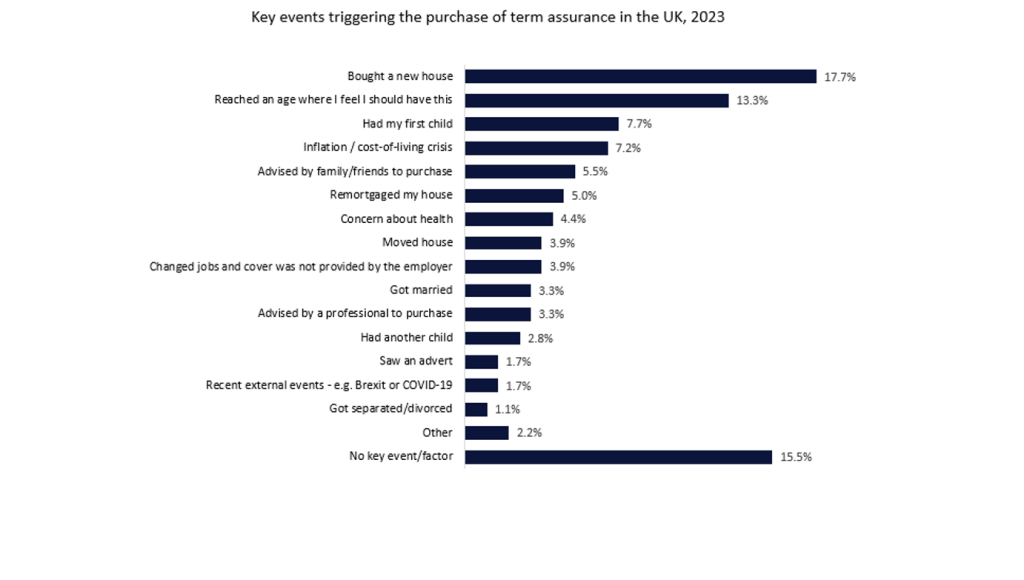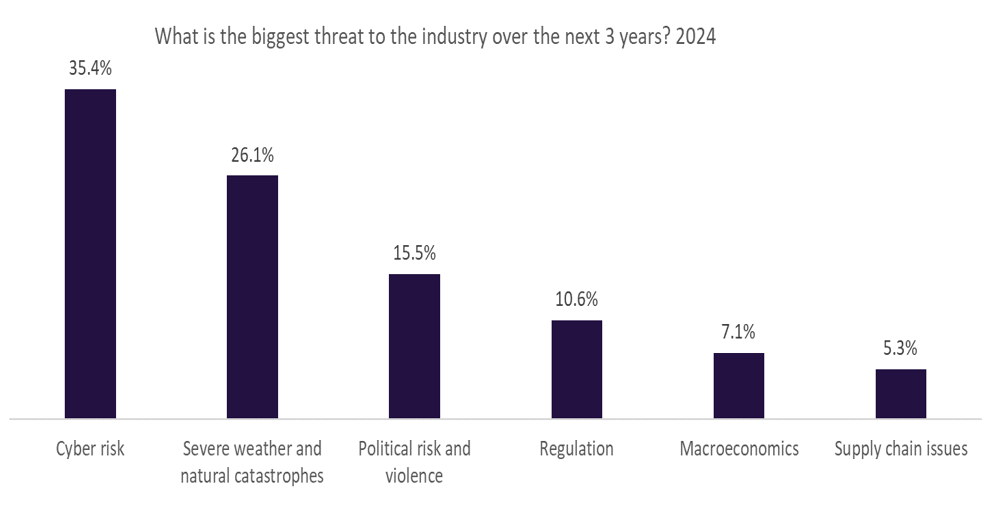Work on the Solvency II compliance modelling needed to
ensure stages are ready for implementation by 31 October 2012 is
proceeding at a frenetic pace. Jeremy Woolfe looks behind the
scenes of what is, for insurers, an extremely costly and complex
implementation process.
Solvency II Framework Directive, which cleared through the European
Parliament in April this year with an 87 percent majority,
addresses risk management, as well as market transparency and
guidelines for disclosure to regulatory authorities.
Under it, insurers are having to boost up their quantitative and
qualitative risk management systems, or possibly face having their
licenses revoked by regulators, explained Jürgen Weiss, principal
research analyst at technology consultancy Gartner.
Weiss is obviously aware of the sentiment expressed by Member of
the European Parliament Peter Skinner, who was responsible for
nursing the directive through to conclusion. In Skinner’s words the
Solvency II legislation “shifts the focus of supervisory
authorities from merely checking compliance with a tick-the-box
approach based on a set of rules to more pro-actively supervising
the risk management of individual companies based on a set of
principles”.
Weiss observes that the directive impacts most heavily on the life
insurance sector, because its principles-based rules are designed
to mitigate risks involved in investments. Capital reserves aspects
dominate in the industry’s “long tail” sectors, and play only a
small role in such sectors as motor insurance.
Notably, total investment by life insurance member companies of the
industry federation, the Comité Européen des Assurances, totals
some €6.8 trillion ($9.8 trillion).
How well do you really know your competitors?
Access the most comprehensive Company Profiles on the market, powered by GlobalData. Save hours of research. Gain competitive edge.

Thank you!
Your download email will arrive shortly
Not ready to buy yet? Download a free sample
We are confident about the unique quality of our Company Profiles. However, we want you to make the most beneficial decision for your business, so we offer a free sample that you can download by submitting the below form
By GlobalDataNo room for error
Weiss stressed that the legislation coincides with the present
slack markets at a time when companies are thinking about
innovations, such as variable annuity products. He adds that,
incidentally, here the fund management aspect is important.
“If you don’t get this right then you are going to run into serious
problems,” Weiss told LII.
He noted that the introduction of Solvency II will also impact the
information technology (IT) departments of insurance companies,
both for compliance reasons, and also for strategy planning to cope
with changing developing business strategies that fit the expected
changes as a result of Solvency II.
Companies should analyse their competitive positions, he stressed.
For example, if a company is a comfortable leader in a saturated
home market, it should be aware that this is no guarantee that
there will not be new competitors entering the market.
Other companies could form regional clusters (for example, for
Eastern Europe) to establish shared-service centres for certain
business processes, such as policy administration, or claims
management.
As for the compliance needs, the timing for setting up new IT
management modelling software to meet requirements of the new rules
has to follow a set programme. For instance, in the UK, the
Financial Services Authority (FSA) required that as early as March
this year companies should have stated whether they plan to apply
for internal model approval, according to risk management
consultancy Watson Wyatt.
The start of the first Solvency II model dry-run period runs from
June to November 2010, and by October 2011 the FSA should be in
receipt of the first batch of dry-run submissions, that consultancy
continues. Second dry runs should take place in 2011 and 2012 with
the FSA review/approval process running in 2012 and onwards.
Main contenders for the compliance modelling software could include
technology industry majors IBM and SAS and a fragmented array of
smaller specialist application providers.
Companies in this field are conscious that their work could be
combined with developments in the fields of XBRL (eXtensible
Business Reporting Language), an open data standard for financial
reporting.
IBM has noted that it also strongly advocates the use of other
industry standards. These include ACORD, the emerging international
standard for information exchange between insurers, and services
orientated architecture (SOA) for data exchange.
John Smith, IBM’s associate partner, insurance strategic business
solutions, refers warmly to Phase 2 of the International Accounting
Standard Board’s (IASB) forthcoming international financial
reporting standards (IFRS) on insurance contracts (IFRS 4). An
exposure draft was expected from the IASB’s Insurance Working Group
late this year, but the project has been subject to delay.
Phase 2 is set to replace the current, “interim standard”, which,
according to the IASB, “will provide a basis for consistent
accounting for insurance contracts in the longer term”. The Board
describes the current IFRS 4 as accepting “practices that differ
from those used in other sectors and make if difficult to
understand insurers’ financial statements.
Software vendors line up
Various business management software vendors are currently lining
up to supply their share of Solvency II’s considerable compliance
software cost budgets. Here the background is stated in a summary
impact assessment from the European Commission.
It states: “Solvency II will spur significant up-front costs, both
for the industry and supervisors, if they have not already
introduced modern risk management systems or moved to a system of
risk-based supervision.”
An early impact assessment, dated during July 2007, “anticipates
that the initial net cost of implementing Solvency II for the whole
EU insurance industry will be between €2 billion and €3
billion.”
It adds: “However, these costs will be outweighed in the long run
by the expected benefits.”
However, the European Commission is planning a further, “level 2”
impact assessment exercise, which is expected to provide another
estimate next year. Various draft versions are expected up to
mid-2010. The work is to apply the European Standard Cost Model. It
will take in advice from the Frankfurt-based Committee of European
Insurance and Occupational Pensions Supervisors (CEIOPS).
The European Standard Cost Model dates back to October 2005 when
the European Commission proposed a common EU methodology for
measuring administrative costs imposed by legislation – both
existing and planned. The methodology is based on the different
variants of standard cost models applied in a large number of EU
member states.
Another cost-guide is the expenditure on implementing Solvency II’s
elder brother, Basel II, covering capital adequacy for banking. A
banking industry estimate puts this as €10 billion, that is, a
figure that is “far from trivial”. The total for Solvency II will
be incurred from three sectors: the software itself, hardware, and
also services, such as training.
For Solvency II, IBM’s Smith said that large insurance firms (tier
1 companies, such as Aviva, Munich Re and Allianz) could be facing
bills for around €100 million each.
However, many have partially completed work on data and processes
leaving only “heavy lift work in intellectual modelling and
embedding their enterprise risk models” to be done, noted
Smith.
He assumes that second-tier players will need to invest between €30
million and €40 million each over three years. The smaller,
companies could expect to pay out between €1 million and €1.5
million apiece, depending, said Smith “on what else is thrown in
the Solvency II pot”.
According to the CEA, the total number of insurance companies
operating in the European Union is 5,200. This figure could be
increased if one takes in associated economic zones, such as the
European Economic Community.
IBM reports that at present it is in discussion with potential
clients with the aim of arriving at clear specification of exactly
what will be required. Brian Jewsbury, an IBM specialist in
insurance IT systems, says that most large insurers are currently
in the process of designing their programmes. He noted “a scarcity
of suitable resources” within the supply industry.
Jewsbury added that Solvency II compliance can also be used to
provide other benefits. These include help to minimise the cost of
raising capital by making risks more transparent. Another benefit
could be to improve capital allocation by identifying those risks
that can earn appropriate risk-adjusted returns.
Meanwhile, CEIOPS has been releasing a series of consultation
papers giving advice on the implementation of Solvency II. Titles
include Report on National Measures regarding Disclosure
Requirements and Professional Requirements for Unit-linked Life
Insurance Products; The IMD [Insurance Mediation Directive] and
other intermediaries’ related issues – practical solutions and
examples; Input to the EC work on Insurance Guarantee Schemes; and
Securitisation, which explores insurance-linked securities as one
part of the wider spectrum of alternative risk transfers.
US interest
As to interest in the EU’s regulatory reform from the US, where
legislation is state-based, a US-EU conference held in Washington
in April this year heard from Skinner, who referred to the meeting
as a “first step towards achieving regulatory convergence between
the US and EU”.
Other speakers included Karel Van Hulle, head of the European
Commission’s insurance and pensions unit and Thomas Steffen, chair
of CEIOPS. The panel was moderated by Michaela Koller, director
general of the CEA.
Separately, Rolf-Peter Höner, of the GVD German insurance
association, has written to Congress suggesting that the US set up
a voluntary version of Solvency II, presumably to save
international insurance companies from having to do duplicate
book-keeping.
Weiss adds that countries such as Bermuda, Chile and Mexico have
already adopted Solvency II, or are in the process of doing so. As
insurance becomes more international, stakeholders, such as rating
agencies, could well apply pressure for increased transparency from
the US.
Perhaps just a sideshow, but UK insurer Legal & General’s CEO
Tim Breedon has recently protested that, unless modified, the new
Solvency II rules would be “a betrayal of savers”. Breedon and
other industry players fear that stricter investment reserve rules
will cost their UK savers 10 percent to 20 percent of their pension
capital (see page 3).
A continental European bystander, well aware of the years that the
Solvency II directive took to get EU clearance, commented: “This
protest is a bit late! The train has already left the station!”







